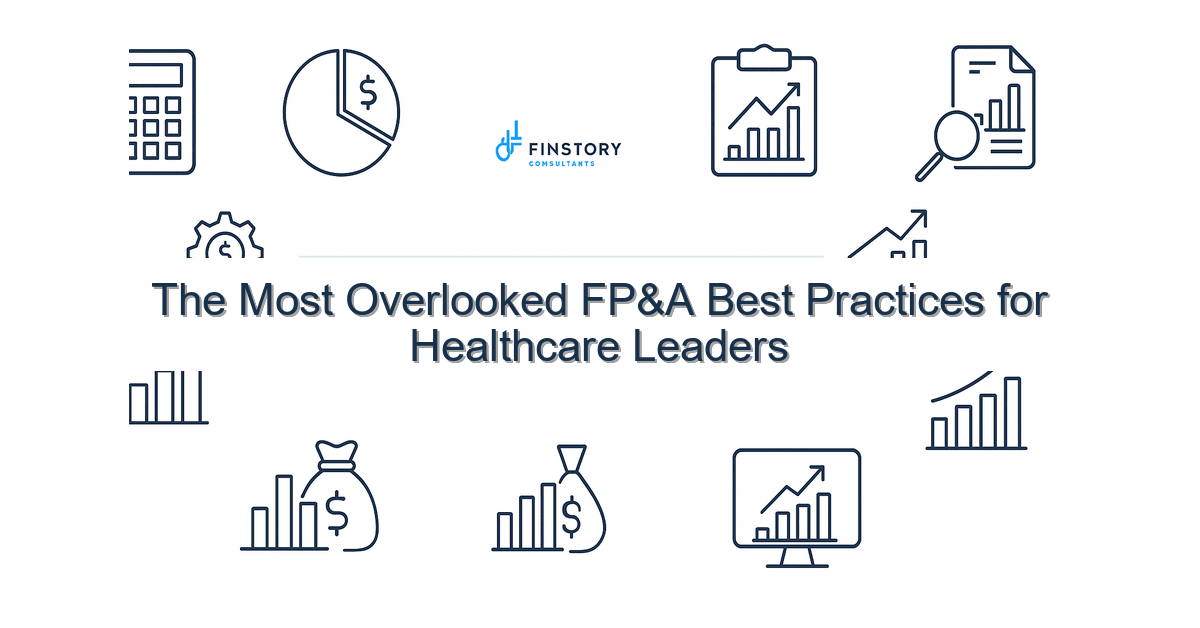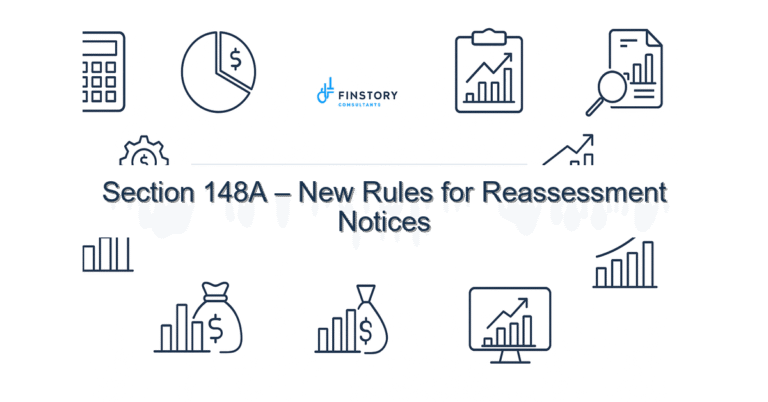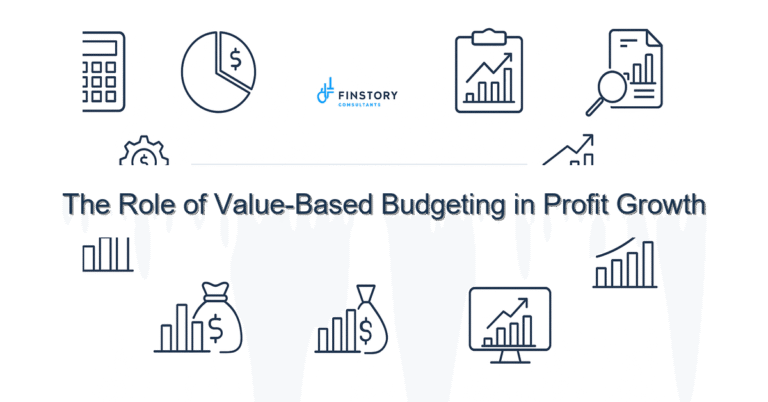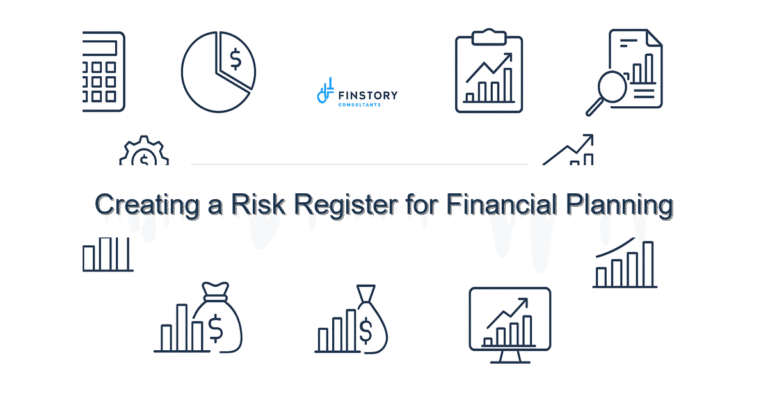The Most Overlooked FP&A Best Practices for Healthcare Leaders
You’re juggling budgets, staffing flux, and regulatory uncertainty—and the FP&A process still feels like patchwork. It’s frustrating: your data is right there, but insights are slow and decisions happen late. If this is your world, you’re not alone—here’s how leaders are fixing it.
Summary: Adopt focused FP&A best practices to reduce close time, improve forecast accuracy, and free your analysts for strategic work. The decision: invest in a repeatable workflow, automation, and disciplined assumptions—and win predictable margin and faster decisions.
What’s the real problem? (FP&A best practices)
At core, FP&A for healthcare isn’t about prettier spreadsheets—it’s about timely, trusted insight that operations can act on. Most teams waste time reconciling numbers, re-building reports, and debating assumptions instead of advising clinical and service leaders.
- Symptoms: forecasts that miss by more than 5–10% regularly.
- Symptoms: month-end closes that eat two extra weeks of leadership time.
- Symptoms: operations ignore finance because reports arrive too late or aren’t actionable.
- Symptoms: variance causes are unclear—so leaders revert to across-the-board cuts.
What leaders get wrong
Common mistakes aren’t dramatic—they’re persistent. Leaders rely on manual reconciliations, one-off models, and “experienced-based” tweaks instead of a repeatable FP&A process. That costs credibility and agility.
- Clinging to spreadsheets as single sources of truth instead of controlled models and dashboards.
- Throwing more headcount at late-month work rather than eliminating bottlenecks with automation.
- Treating planning as an annual event, not a rolling conversation with operating leaders.
Cost of waiting: every delayed decision can erode margin—an avoidable 1–3% swing on operating margin compounds quickly in tight healthcare budgets.
A better approach
Shift from reactive to predictable with a simple, three-step FP&A framework focused on outcomes—not reports.
- 1) Standardize inputs and assumptions. Agree with operations on volume drivers (admissions, visits, case mix) and build them into models with version control.
- 2) Automate data feeds and reconciliations. Move routine journal pulls and GL reconciles into scheduled ETL so analysts spend time analyzing, not copying.
- 3) Build an exceptions-driven reporting cadence. Deliver a short dashboard that highlights only the top 3 variances and recommended actions.
- 4) Run rolling forecasts monthly with scenario playbooks tied to operational triggers (e.g., staffing shortages, elective procedure pauses).
- 5) Institutionalize a 30/60/90 day decision calendar: what needs immediate action, what needs monitoring, and what’s planning-level.
Real-world proof: a regional hospital system we worked with cut their monthly close by 38% and improved forecast accuracy from ±12% to ±4% after standardizing inputs and automating feeds. Want a 15-minute walkthrough of this approach?
Quick implementation checklist
- Map your current FP&A workflow: note handoffs, tools, and time sinks.
- Identify 3 high-value data feeds to automate this month (patient volumes, payroll, and A/R).
- Define 5 core drivers for each major service line (e.g., OR time, average length of stay).
- Create a one-page, exceptions-only report template for leadership.
- Set a weekly 30-minute sync between finance and two operating leaders for decisioning.
- Run one rolling forecast cycle with two scenarios: baseline and downside (10% volume shock).
- Tag every forecast assumption with an owner and a review cadence.
- Remove one manual reconciliation by scripting an automated pull or pivot.
- Train two super-users on the new dashboard and rotate ownership of the next month’s review.
What success looks like
Clear metrics tell the story. Here are measurable outcomes leaders should expect:
- Forecast accuracy improves to within ±3–5% for major revenue streams.
- Month-end close cycle shortens by 25–50% (days saved).
- Time spent on manual reconciliations drops by 60%.
- Decision lead time reduces—tactical decisions made within 48–72 hours.
- Higher ROI on analytics: first-year payback on automation investments in 6–10 months.
Risks & how to manage them
- Risk: Data quality gaps. Mitigation: Start with a focused data-cleanse on top 3 feeds and add row-level validation rules.
- Risk: Change resistance. Mitigation: Pilot with one service line and show time-savings before scaling.
- Risk: Over-automation without governance. Mitigation: Implement version control, a change log, and monthly model audits.
Tools & data
Good FP&A relies on three things: reliable data, smart automation, and clear reporting. Common tools we recommend: finance automation platforms for ETL, Power BI for interactive leadership reporting, and controlled modeling workbooks for scenario analysis.
Mini-case: A 6-hospital system used automation + Power BI to shift from spreadsheet reports to live dashboards—monthly close time fell by 38% and leadership adoption rose 70%.
Testimonial: “Finstory helped us turn late, scent-less reports into timely conversations. We make decisions earlier and with confidence.” — VP Finance, Regional Hospital Group
FAQs
Q: How long does it take to see value from FP&A process changes?
A: You can see meaningful time savings in 30–60 days from quick wins (automating key feeds, standardizing inputs). Full transformation often takes 3–6 months.
Q: Do we need to replace our ERP to improve FP&A?
A: No. Most wins come from better workflows, automation layers that sit on top of existing systems, and clearer governance.
Q: What’s the minimum team size to adopt these best practices?
A: Even small teams (2–3 analysts) can implement the checklist steps and see outsized gains if they prioritize drivers and automate reconciliation.
Q: Can these FP&A best practices scale across multiple hospitals or clinics?
A: Yes—standardized inputs, templates, and automated feeds are the fastest path to scalable, multi-site FP&A.
Next steps
If you’re ready to move from reactive reporting to proactive decision-making, start with a short diagnostic: map one workflow and identify three automation wins. Want help prioritizing?
Book a quick consult with Finstory to talk through your workflow, or request a demo of our healthcare FP&A approach. Start seeing value in 30 days—book a consult today.
Soft invites: Need a checklist tailored to your service lines? Download our FP&A checklist. Curious how we automated feeds for a hospital group? Read our case study.
Work with Finstory. If you want this done right—tailored to your operations—we’ll map the process, stand up the dashboards, and train your team. Let’s talk about your goals.
Internal links: FP&A in Healthcare: Best Practices | Finstory FP&A Automation | Case Study: Hospital Close Improvement
📞 Ready to take the next step?
Book a 20-min call with our experts and see how we can help your team move faster.
Prefer email or phone? Write to info@finstory.net
or call +91 44-45811170.






